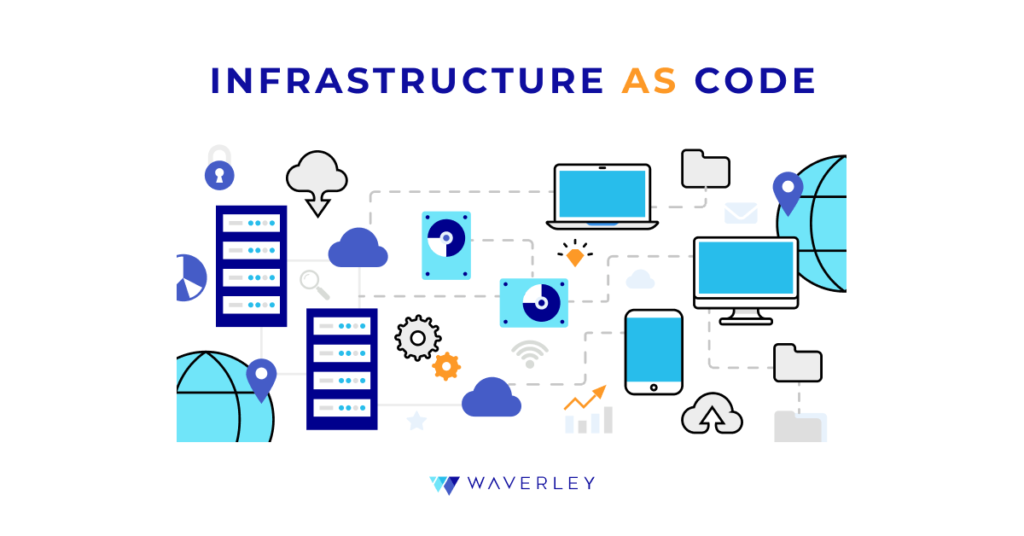The Future of Infrastructure as Code: Transforming DevOps Practices

Infrastructure as Code (IaC) has revolutionized the way developers and operations teams provision and manage infrastructure, enabling them to automate deployment, reduce manual configuration errors, and ensure more consistent environments. As we look to the future, several key trends and innovations are set to shape the evolution of IaC.
1. Increased Adoption of Policy-as-Code
As organizations strive for compliance and security within their technology stacks, Policy-as-Code (PaC) will become increasingly significant. This allows teams to define security and compliance rules alongside their infrastructure code, ensuring that security policies are automated and enforced without compromising agility. This shift will also enable continuous compliance, reducing the chances of vulnerabilities in production environments.
2. Enhanced Collaboration through GitOps
GitOps is gaining traction as a way to improve collaboration between development and operations. In a GitOps model, every change to infrastructure is made via pull requests, which provides a clear audit trail and promotes transparency. In the future, we can expect to see broader adoption of GitOps practices that further integrate with CI/CD pipelines, allowing for faster deployment cycles and improved feedback loops.
3. Integration with AI and Machine Learning
Artificial intelligence and machine learning (AI/ML) are set to make a significant impact on how IaC is utilized. Automated decision-making processes can optimize resource allocation, predict failures before they occur, and suggest improvements to infrastructure configurations. For instance, AI-driven platforms may learn from past deployments to recommend best practices, efficiently reducing human intervention in infrastructure management.
4. Multi-Cloud and Hybrid Cloud Strategies
As more businesses adopt multi-cloud and hybrid cloud approaches, Infrastructure as Code will adapt to handle the complexities of managing resources across different cloud environments. Tools will evolve to provide seamless orchestration across multiple providers, allowing teams to leverage the best features and pricing from each cloud vendor. IaC frameworks will also need to address the potential drawbacks of vendor lock-ins and provide more flexibility in resource management.
5. Emergence of New IaC Tools and Frameworks
With the growing importance of IaC, new tools and frameworks are expected to emerge, offering improved usability and functionality. These tools will prioritize ease of learning for newcomers while providing powerful features for advanced users. The focus will be on simplifying complex processes and making infrastructure automation accessible even to those with minimal coding experience.
6. Shift Towards Declarative Infrastructure
While many IaC tools have adopted a procedural model, the future is likely to see a broader shift toward declarative infrastructure specifications. Declarative approaches allow teams to define the desired state of the infrastructure rather than how to achieve it, leading to increased clarity and reduced complexity. This shift will empower teams to focus on what they want to achieve rather than getting bogged down in the details of implementation.
Conclusion
In summary, the future of Infrastructure as Code is bright and filled with opportunities for enhanced automation, collaboration, and security. As organizations strive to keep pace with rapid technological advancements, embracing these trends will enable them to succeed in deploying reliable and scalable infrastructure solutions. The evolution of IaC will continue to play a pivotal role in the DevOps landscape, transforming how teams approach infrastructure management and paving the way for more efficient development practices.